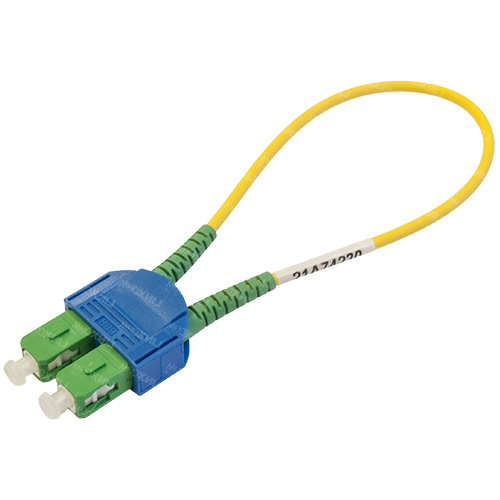

One datasource you have already made, from that just remove one emailId and attach to another one. So you are going to need a new file in the boot. 1)Create 2 different datasource, with a different name and add single emailId to each. You have to use the hook of the connector itself.Īnd where do you access the connector object? During the boot! Typically: in the end of a call you get the body of the response, the headers are only available in the ctx. It's not always possible to pass all the information through method parameters.>Ī hook gives you access to the Loopback context ctx of the operation which contains a lot of information that won't make it to the end of your method. Hooks are functions that are triggered every time an operation is done, such as:Ī typical request to invoke a LoopBack model method travels through multiple layers with chains of asynchronous callbacks. Select between SC, MT-RJ, MTP, and LC connectors and adapters according to you loopback testing needs. If you are a Loopback user you might have heard of the operations hooks. Black Box Fiber Optic Loopback Connectors get you the right equipment for loopback testing. So I needed to access the request's headers and put the stuffID it in the body to be able use it. However, they where sending the location of new item in the response's headers, where the id can be found. The API I was working with responded with a code 200 and an empty body after a successful creation. In most cases, the POST request returns the new item and the connector works fine. The request to get the whole list of stuff was really long, so the only way for us was to get the last, newly created item.
#Loopback connectors update
The Loopback-connector-rest works fine returning the body of the response.īut when it comes to access other part of the response, it gets tricky.įor instance, in my case, I wanted to update a list of stuff after a POST request. Refer to the pins below based on your connector type. RS-422/485 (4-Wire) On an RS-422/485 port, connect the TXD+ signal to RXD+ signal, and the TXD- signal to the RXD- signal.
#Loopback connectors serial
Url: (_API_URL + _API_VERSION || "") + "Stuff/" Access the headers of a request If you use a RJ-50 to DB-9 serial cable (Part Number 182845-XX), a loopback test can be performed using the pins for a DB-9 connector. What you want to do is to call the getStuff method of our API from another model OtherModel and log the result in the console. There are a lot of methods, we will focus on the main four, the CRUD (Create, Read, Update, Delete): Once you've installed the dumb-api, launch the server, take a look at it. To start playing with an API, you need an API. Mouser offers inventory, pricing, & datasheets for loopback Connectors. Whenever you need to add some logic, do it in your others models. I would clearly advise not to write any methods in this model so it is exclusively designed to call the API end-point and nothing else.
#Loopback connectors install
Npm install loopback-connector-rest -saveĪlright you are ready to build your first method!Īt first, I thought that I would need a file with module.exports = (MyAPI) -> to contain all my methods.


 0 kommentar(er)
0 kommentar(er)
